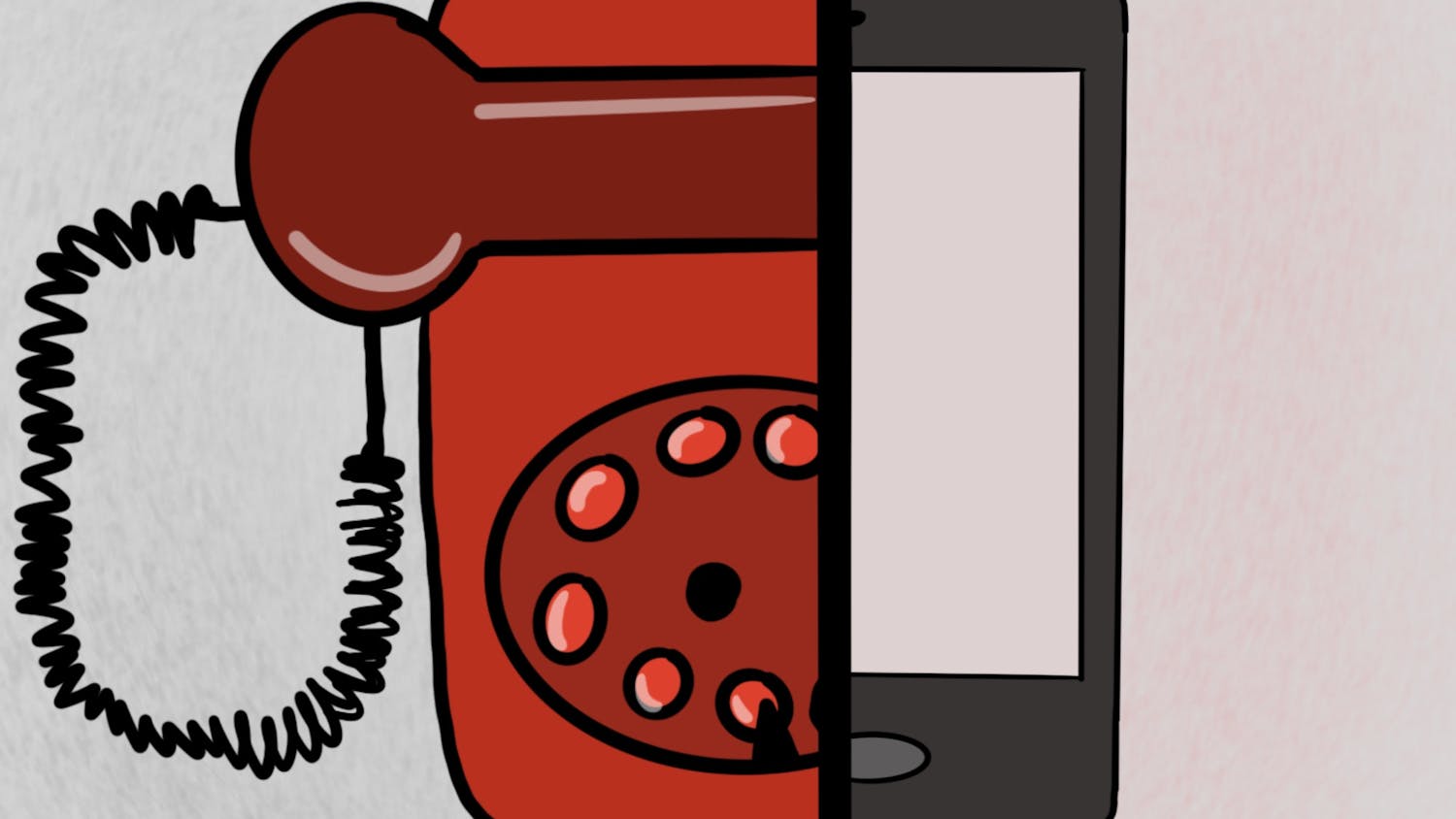Nearing springtime, the chores of spring cleaning await alongside the light at the end of winter’s looming tunnel. Many studies directly link cleaning to mental health through creating a relaxed, distraction-free environment and the peace discovered in purging those distractions. However, there are other ways to “spring clean" besides deep cleaning that have the same refreshing effects.
Clutter hides itself in many forms, some obvious and others less so. A study from the Journal of Environmental Psychology scored participants on the clutter in their homes and found subjective clutter scores consistently predicted their well-being. The study also concluded that when one can view their home as tidy, their mind can put positive attention into personal goals and self-regulation.
A closet cleanout is the first thing that comes to mind when on the topic of spring cleaning. Our clothes get old, we get bored and we stop wearing them. Go in your closet and pull out things you haven’t worn much, if at all, in the past couple of months. Unless they hold a special place in your heart, it’s time to say goodbye. The extra closet space can even validate a new spring wardrobe.
Selling clothes has the most return investment, but it can be draining. Sometimes, it’s more freeing to give things up without anything in return. Offer up the honorable mentions to your friends if you feel so inclined, and donate the rest.
Along with clothes, a slight change to one’s physical appearance can be a chance for a fresh start. Routines are important, creating consistency and the reward of completing a task for self-improvement. In a closer look at the reward from tasks from Psychology Today, dopamine is released when we get something we want. By accomplishing small daily goals, this effect can create healthy habits that motivate us to tackle harder tasks.
To change up one’s appearance even more, a fresh haircut could do the trick. Haircuts can make us look and feel better, improving self-confidence. Some cultures believe hair holds emotional weight and memories and the act of cutting it allows one to let go of trauma. There’s no scientific backing to hair-holding memories, but there is a sense of relief in feeling clean and fresh with a new haircut.
Another non-cleaning cleanout can be done digitally. Delete unnecessary pictures and screenshots from your camera roll and old text message attachments that take up your phone's storage. You can also do a digital clean out on social media by unfollowing people online you don’t know or who you often compare yourself to in an unhealthy way. Taking a break from social media altogether can be refreshing and will directly improve mental health, according to HealthU.
The American Society of Nutrition says a clean diet is directly linked to psychological health and reduced symptoms of depression. A pantry or fridge cleanout is the perfect opportunity to both physically clean the space and throw away snacks that have been on the shelf for a little too long. Foods with complex carbs and high amounts of protein will keep one energized for longer periods of time, so try out a diet with more fruits and vegetables incorporated to ring in springtime happier and healthier.
With all of these steps to a fresh start correlating to well-being and mental health, the final step can be to reset a positive mentality and mental health in itself. Taking on a new habit for mindfulness can purge the clutter of one’s mind, whether it’s in journaling, therapy or just taking time for a walk outside. Through mindfulness, you can work through what’s working, what’s holding you down, or what priorities need to be realized. In this realization, we can let go of the things no longer serving us and clean out the mind to better take in the light and warmth soon coming this spring.
Libby Evans is a sophomore studying journalism at Ohio University. Please note that the views and opinions of the columnists do not reflect those of The Post. Want to talk more about it? Let Libby know by emailing her at le422021@ohio.edu.






